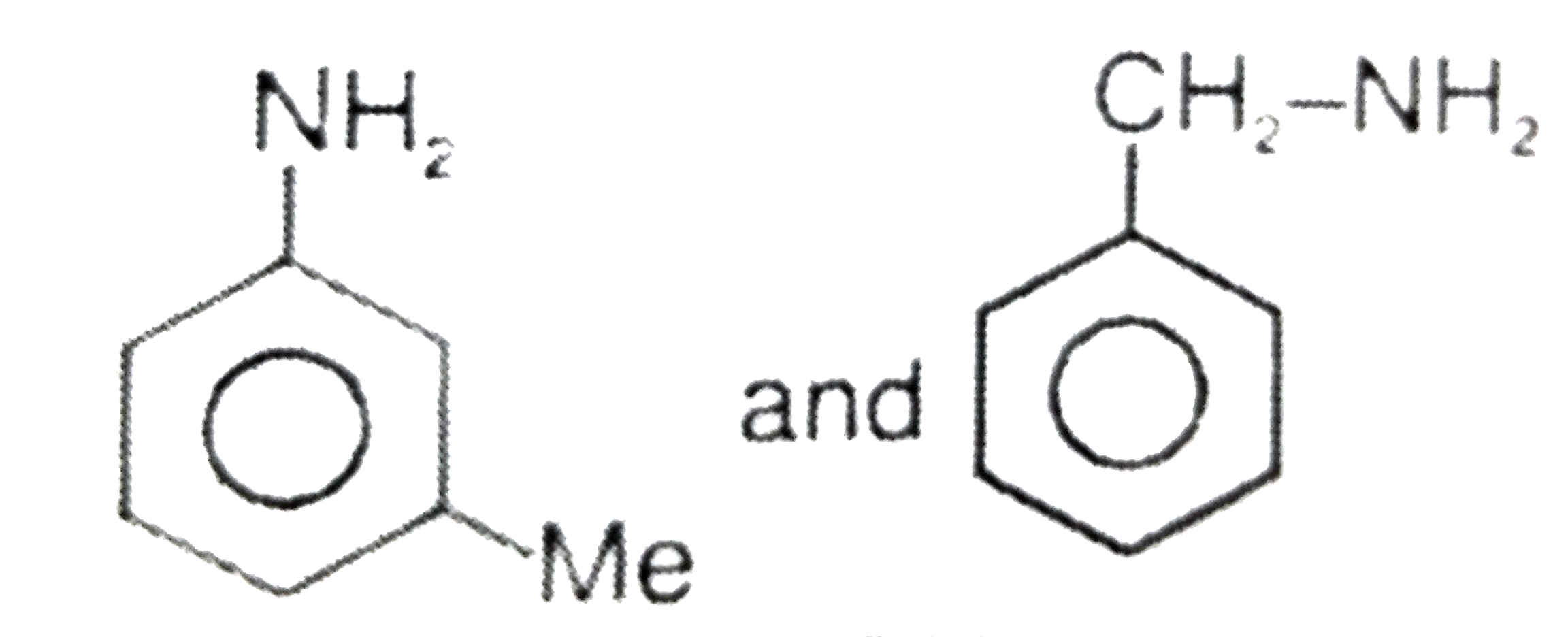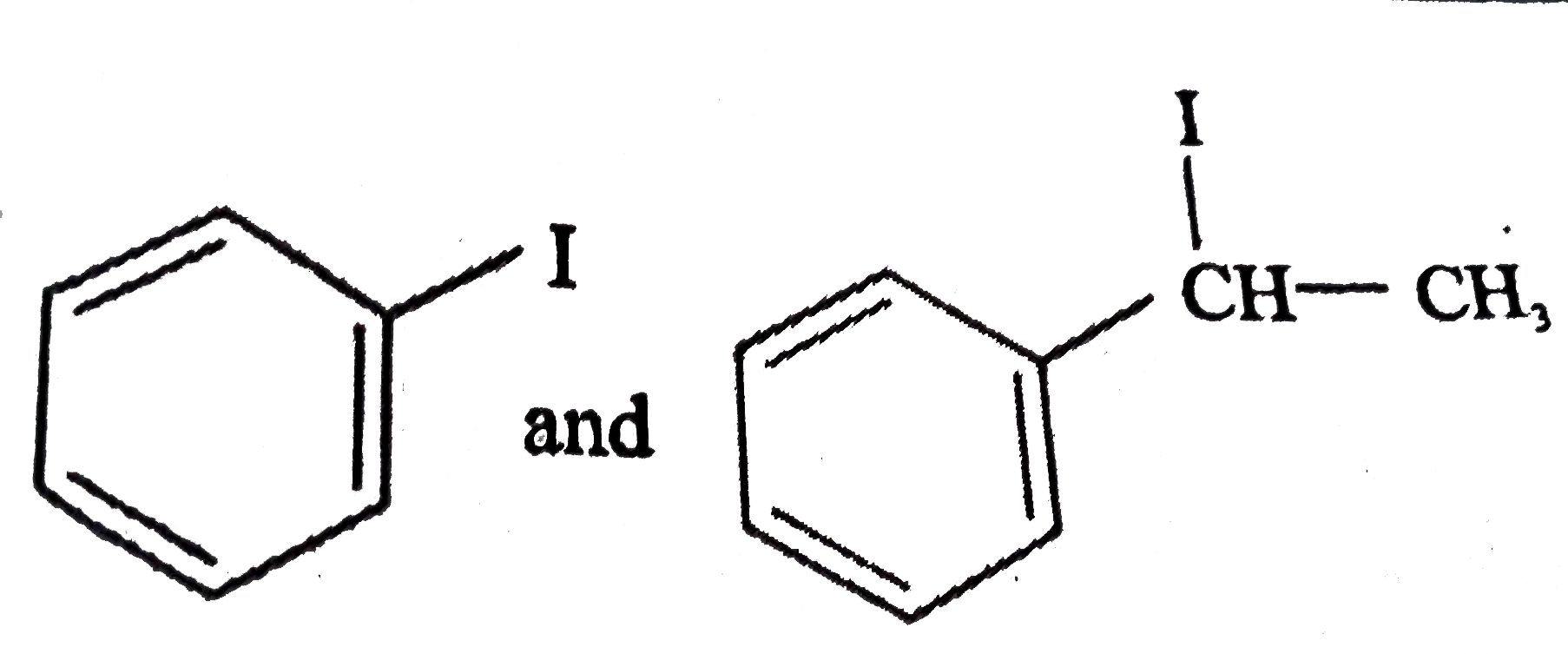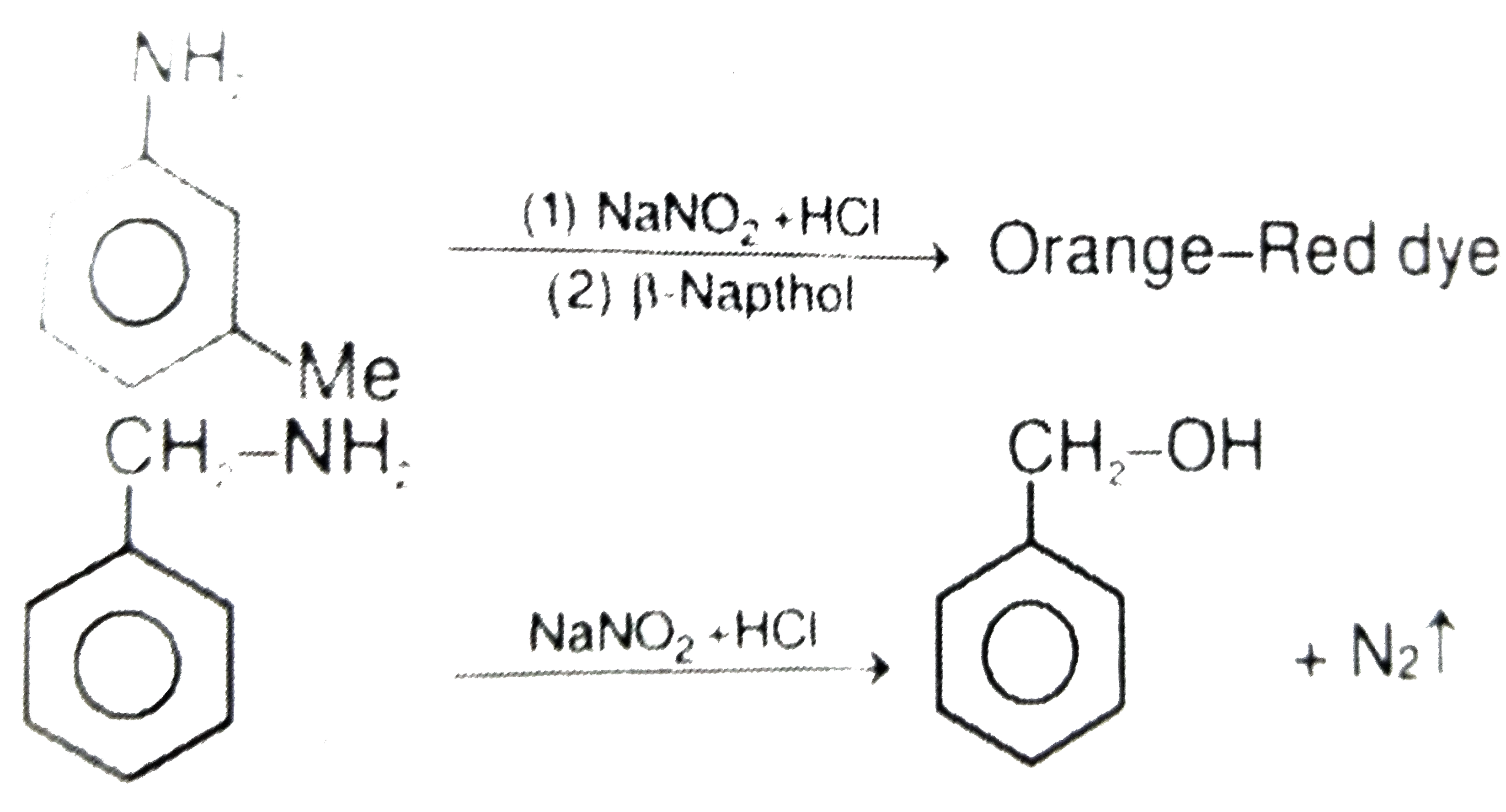 can be distinguish by
can be distinguish by
A
CHCl3+KOH
B
NaNO2+HCl followed by β-Napthol
C
CS2+HgCl2
D
Na metal
Text Solution
The correct Answer is:B
|
Topper's Solved these Questions
- STRUCTURAL IDENTIFICATION & PRACTICAL ORGANIC CHEMISTRYBOOK - RESONANCECHAPTER - STRUCTURAL IDENTIFICATION & PRACTICAL ORGANIC CHEMISTRYEXERCISE - Additional theory
4 Videos
- STRUCTURAL IDENTIFICATION & PRACTICAL ORGANIC CHEMISTRYBOOK - RESONANCECHAPTER - STRUCTURAL IDENTIFICATION & PRACTICAL ORGANIC CHEMISTRYEXERCISE - Additional Exercise
15 Videos
- STRUCTURAL IDENTIFICATION & PRACTICAL ORGANIC CHEMISTRYBOOK - RESONANCECHAPTER - STRUCTURAL IDENTIFICATION & PRACTICAL ORGANIC CHEMISTRYEXERCISE - Jee main
6 Videos
- SOLID STATEBOOK - RESONANCECHAPTER - SOLID STATEEXERCISE - Part- IV
22 Videos
- THERMODYNAMIC & THERMOCHEMISTRYBOOK - RESONANCECHAPTER - THERMODYNAMIC & THERMOCHEMISTRYEXERCISE - PHYSICAL CHEMITRY (THERMODYNAMIC & THERMOCHEMISTRY)
62 Videos
Similar Questions
Knowledge Check
 can be distinguished byAI2+NaOHBNaSO3HCNaCN/HClD2,4-DNP
can be distinguished byAI2+NaOHBNaSO3HCNaCN/HClD2,4-DNP
can be distinguished byAadding aqeuous AgNO3Biodoform testCaqueous sodium hydroxide followed bny oxidation, followed by 2,4-DNP testDadding NaHCO3Ethene and ethyne can be distinguished by
ABr2 waterBKMnO4 solutionCcuprous chloride solutionDany of the above


 A+B formed can be distinguished by :
A+B formed can be distinguished by :